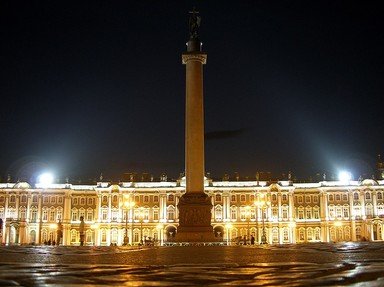
A St Petersburg Timeline Trivia Quiz
The Russian city of St Petersburg has been around since 1703, so a lot of events are associated with the city. Can you place these in chronological order?
An ordering quiz
by looney_tunes.
Estimated time: 3 mins.
- Home
- »
- Quizzes
- »
- History Trivia
- »
- European
- »
- Russian